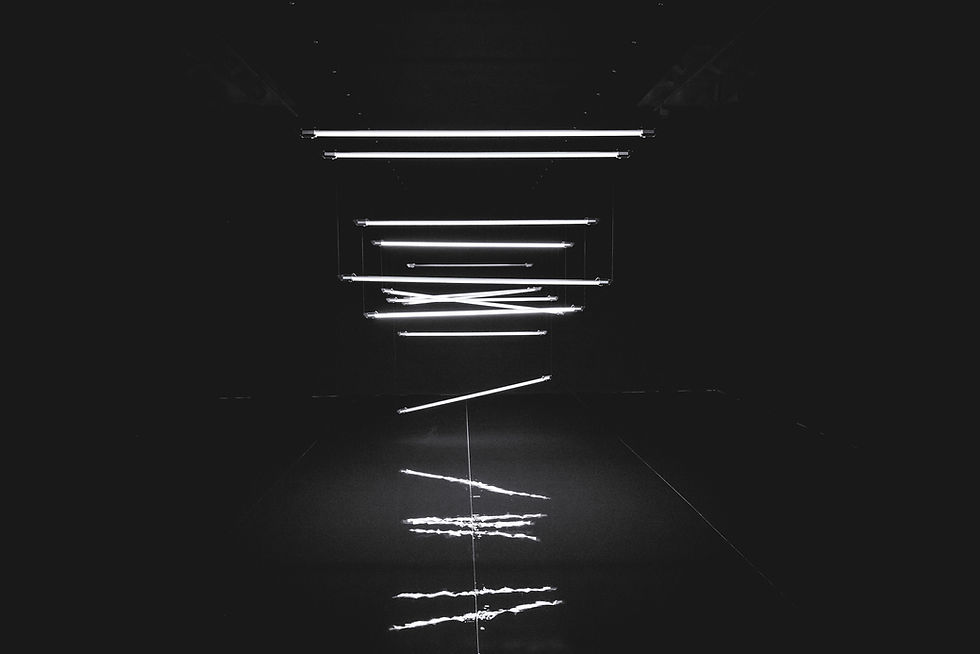The Role of Artificial Lighting in Futuristic Interior Design
- Kaashni

- Oct 10, 2022
- 2 min read

Artificial lighting has a significant impact on the atmosphere and mood of any space, and this is especially true in futuristic interior design. Futuristic designs often incorporate unique and unconventional lighting fixtures that add to the overall aesthetic of the space. Artificial lighting is an important element in futuristic interior design. With the advancements in technology, the options for lighting have expanded, and designers are incorporating various types of artificial lighting to enhance the ambiance of a space. LED lighting is a popular choice for futuristic interior design due to its energy efficiency and versatility. These lights can be used in a variety of applications, including task lighting, ambient lighting, and accent lighting.
Smart lighting systems are also gaining popularity in futuristic interior design. These systems can be controlled through mobile devices, voice commands, or sensors, allowing for more convenience and control over the lighting. Some smart lighting systems can even adapt to the user's preferences and adjust the lighting accordingly.
Another trend in futuristic lighting is the integration of lighting into the architecture and furniture. For example, built-in lighting in walls, floors, and ceilings can create a unique and visually stunning effect. Lighting fixtures can also be incorporated into furniture pieces, such as a coffee table with built-in LED lights or a bed frame with integrated reading lights.
Another innovative lighting option in futuristic interior design is the use of fiber optic lighting. Fiber optic cables can be woven into fabrics, carpets, and other materials, creating a subtle yet striking lighting effect. This lighting option is particularly useful in creating a futuristic ambiance in areas like home theaters, gaming rooms, or bedrooms.
In addition to traditional lighting fixtures, designers are also exploring the use of lighting as a design element. This includes incorporating lighting into architectural features such as walls, ceilings, and floors. Lighting can also be used to highlight artwork or other design elements, creating a dramatic effect in the space.
The color temperature of artificial lighting also plays a crucial role in futuristic interior design. Warmer temperatures create a cozy and inviting atmosphere, while cooler temperatures can give a more modern and sleeker feel. Designers carefully consider the color temperature of lighting fixtures to achieve the desired effect in a space.
Overall, artificial lighting is a crucial element in futuristic interior design. It can enhance the mood of a space, provide convenience and control, and even serve as a design element. As technology continues to advance, the options for artificial lighting in interior design will only continue to expand.



Comments